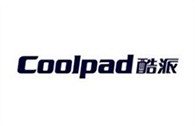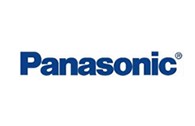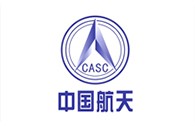The specific functions of metal plating on the surface of Pogo Pin terminals are as follows:
Protect the metal material of the terminal from corrosion. Most terminal metal parts are made of copper alloy and usually corrode in the usage environment, such as oxidation, vulcanization, etc. Terminal electroplating is to isolate metal parts from the environment and prevent corrosion from occurring.
Optimize the surface performance of terminal metal components, establish and maintain contact interfaces between terminals, especially membrane layer control. In other words, making it easier to achieve metal to metal contact.
Enhance the adhesion on the surface of terminal metal parts. For metals with poor adhesion, copper bottoming is usually required before electroplating to enhance adhesion.
Improve the conductivity of terminal metal components. For example, the conductivity of raw materials such as iron and phosphorous copper is usually below 20%, and connectors with low impedance requirements cannot meet the requirements. Therefore, high conductivity metals such as surface gold plating can reduce their impedance.
Improve the welding performance of terminal metal components. Electroplating a certain thickness of tin and other substances on the surface can improve the welding performance of parts.















